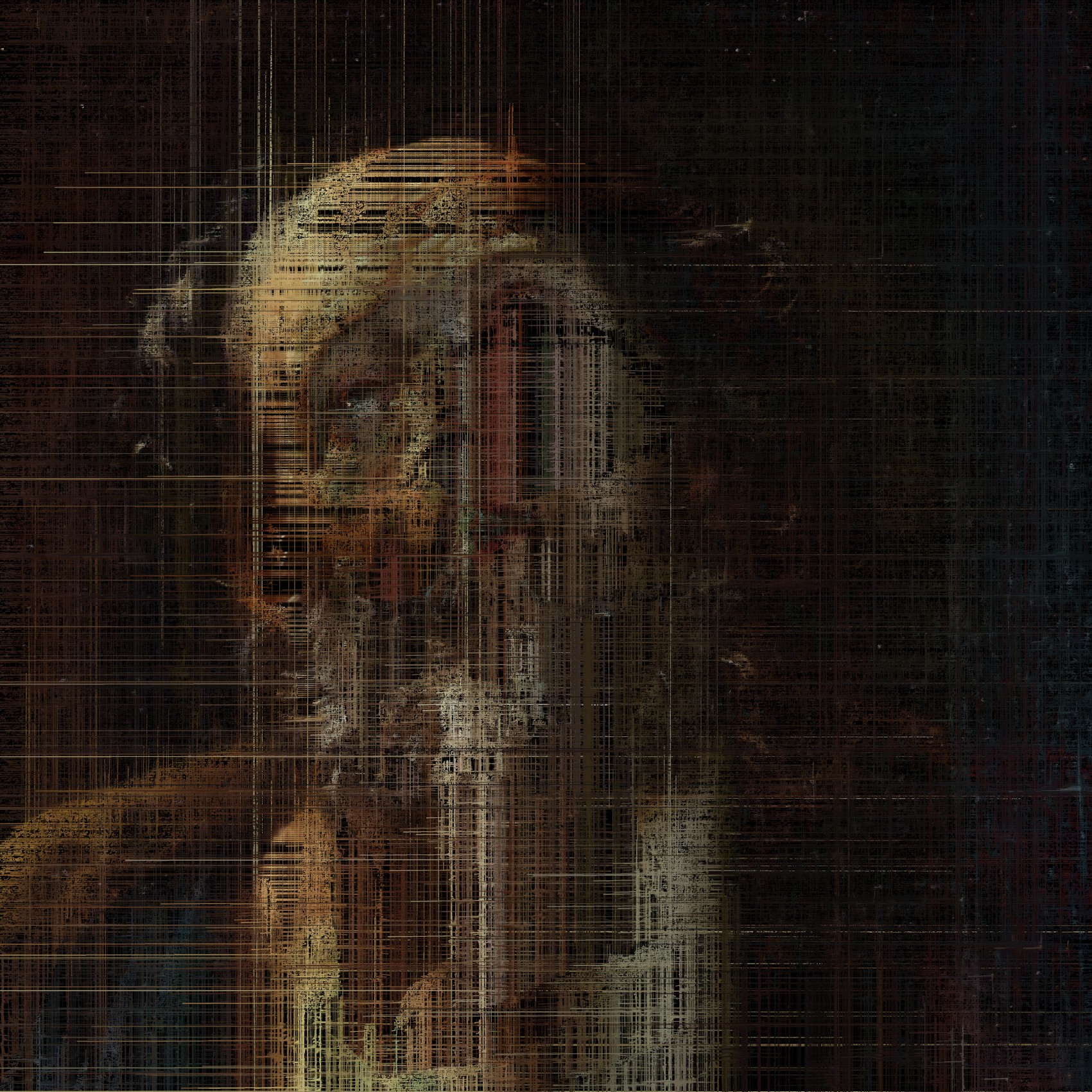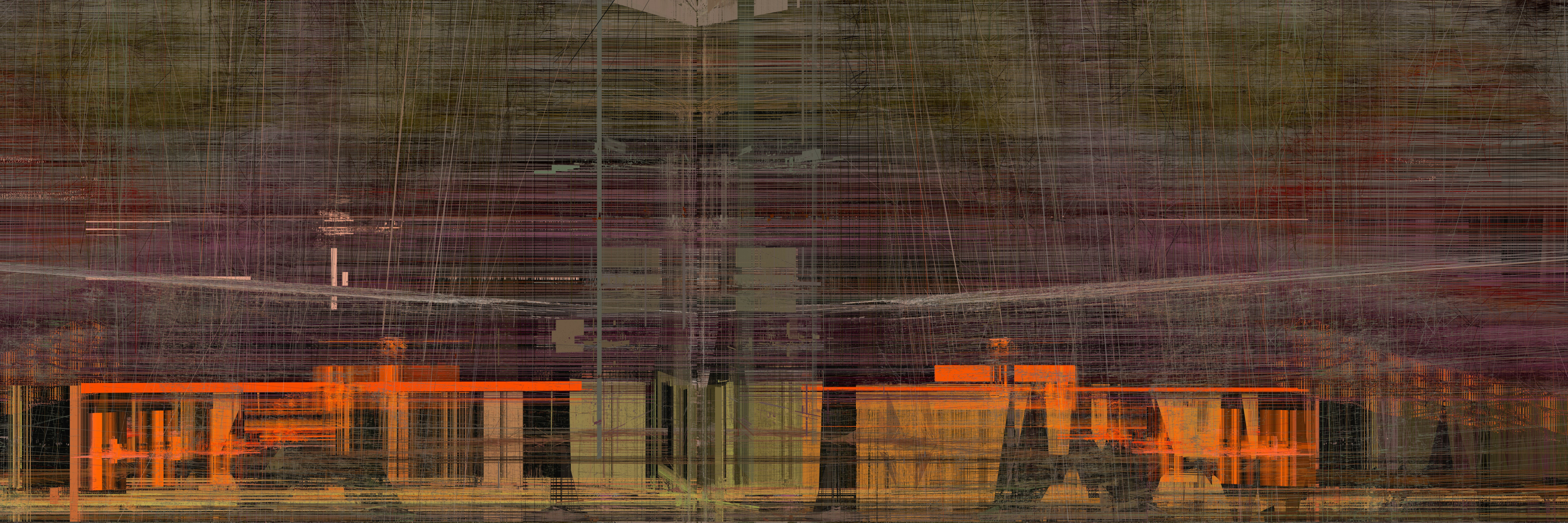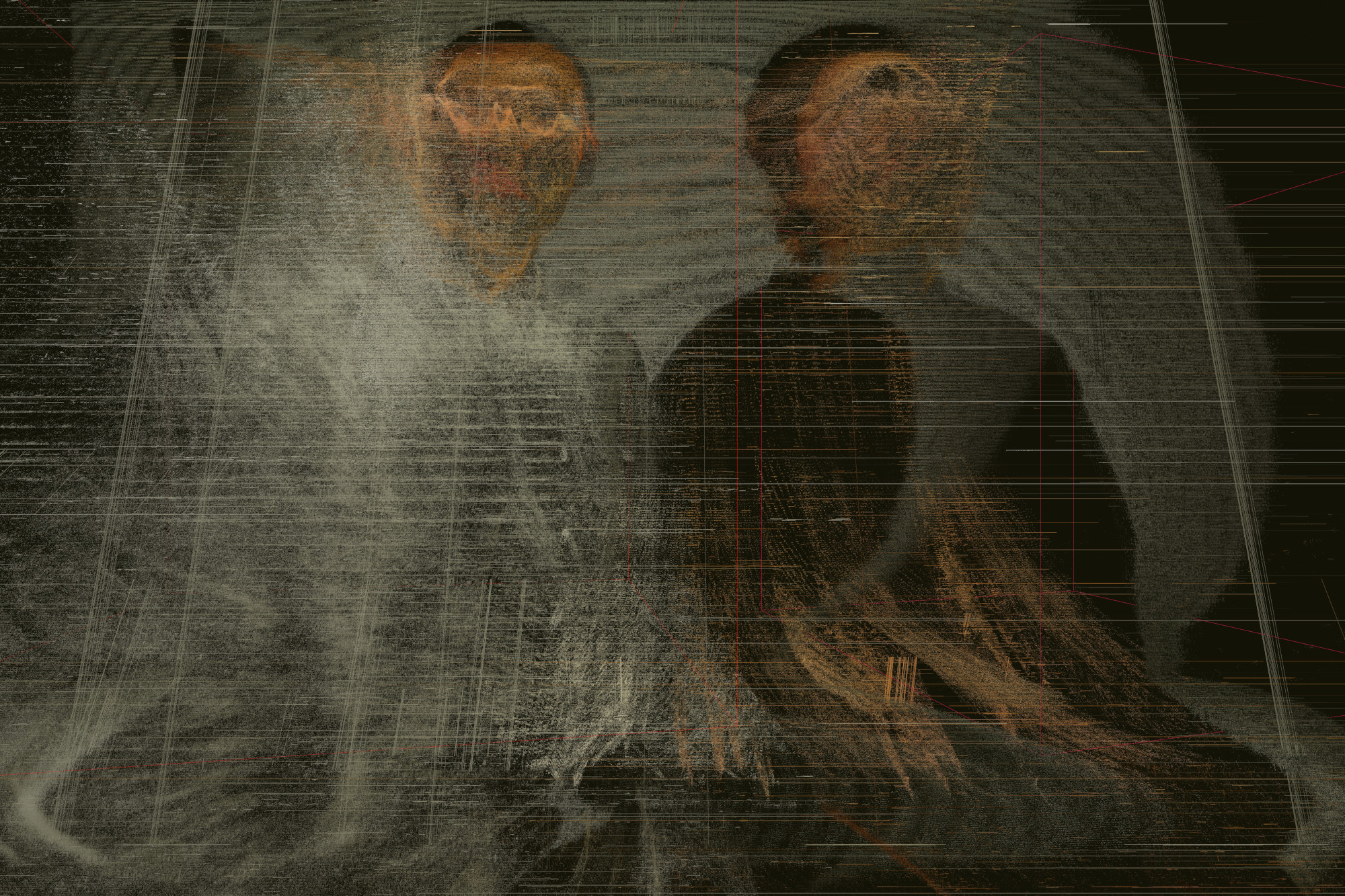Creating with errors in odd numbers
Thought & Concepts – part 2

Figure 1: Human ex-traits
1. Creating with errors in odd numbers
During my undergraduate studies, it was crucial to meet Prof. Corrado Levi, an artist, architect and cellist,a professor at Politecnico di Milano who, in addition to helping me understand the interdependence between different fields of art introduced me to the principle that has governed my entire career: Composing with errors in odd numbers.
Composing with errors in odd numbers means searching for and creating the conceptual error, it is a form of intellectual curiosity that responds to a need to search beyond the known, by starting from the known. Of course, it must be rigorously linked to a knowledge, both historical and technical, of those elements that we want to alter, to force. It requires a knowledge of techniques, of theory and also of the history of music, visual art, science and creative thought, creativity in general. This responds in a way to overcoming the saying typical of the Anglosaxon world "If it works don't fix it" which in the field of research and intellectual curiosity translates into "If it works well, break it."
To achieve this it is necessary to try to force the limits, the boundaries pre-established, without worrying about pursuing the beautiful. 1. A quest my own, a mischievous inclination to abuse consciously of composition's tools to achieve aesthetics goals that go beyond the barriers and limits of commonly accepted compositional and aesthetic principles. The only way to break those limits, settled by time, that will take you into a new realm, new rules, new techniques.
This search for the conceptual glitch, especially since the image and video have peremptorily become part of the composition aspects of my work, along with sound,have meant that that my work has sometimes been presented as an expression of the "glitch art" movement 2. I never having ideally participated in a movement first of all knowing precisely also that, my continuous search for the limit and its breaking, would certainly have led me to go beyond the limits of any manifesto. Not less important, on the conceptual point of view, there is a considerable difference with my work and the glitch art. That is precisely the search of conceptual error, which is thought out, studied and guided, unlike the glitch, which is rather an accidental stumble, unexpected, an unintentional alteration of correct functioning, like the glitches in an electronic billboard of advertisement3
Acknowledgements.
This way of thinking, this research, took shape thanks to many great
professor i met during my years of study, in Vienna thanks to
professors Dieter Kaufman and Tamas Ungvary. Then at Stanford with
John Chowining, Michel Serres, René Girard, but also and especially
with researchers such as Perry Cook or great minds and thinkers who
attended CCRMA, such as John Pierce or Max Mathews. Of course without
forgetting the great teaching lessons by Mario De Micheli, Corrado
Levi, Achille Castiglioni at Politecnico di Milano.

Figure 2: Architecture: Algorithmic Villa Studies
available as NFC as well on OBJKT

Figure 3: A Couple ex-trait
Footnotes:
"Beautiful" is that which is related to a vision that is in a sense conservative. A canon of "beautiful" exists only if there are some previous points of reference. As Picasso argued, when creating and research something new, it cannot be called neither "beautiful" nor "ugly" as there are no aesthetic canons of reference. In generally I would avoid using terms such as "beautiful", "ugly", "good", "bad"…
"Portrait of an endangered spices" was
presented in Minnesota in
September 2022, http://marcotrevisani.it/marco/tpes.php
While in October 2022 " Operaio che legge in una pausa di lavoro" was
presented at Fubar Festival in Zagreb. The all video is available at
http://ope.111v1ab.xyz . The sampled sound of this video are taken
from the end of the resonances of both struck metals and gongs. The
original picture is in fact taken at a steel mill
available info at http://marcotrevisani.it/marco/requiemBil_new.php .